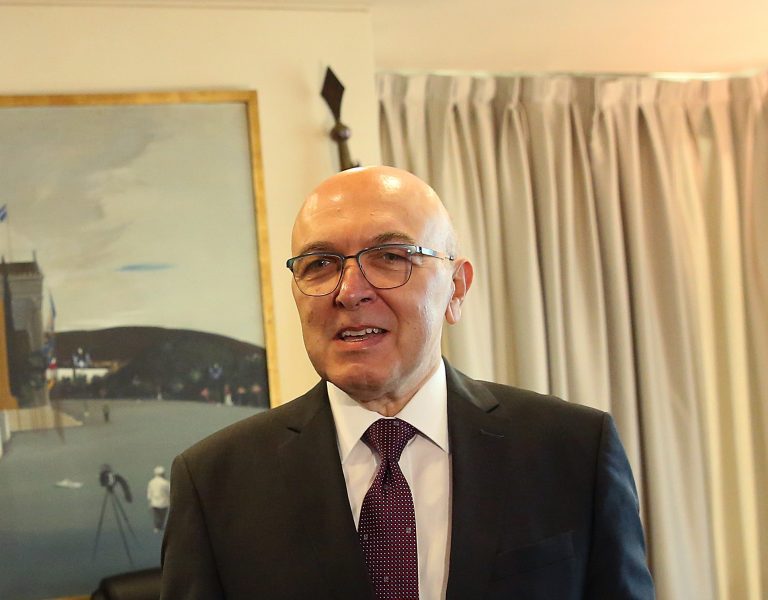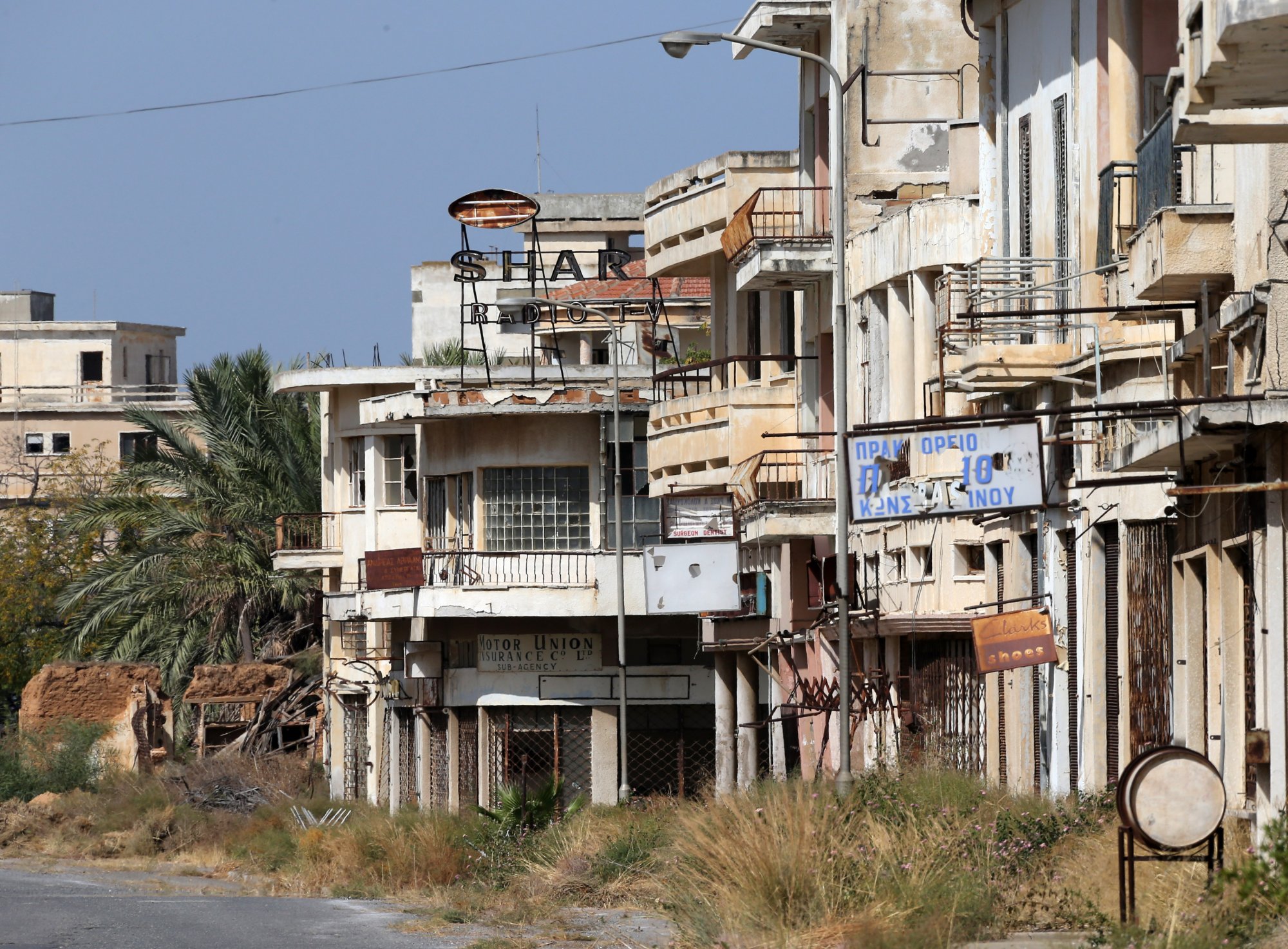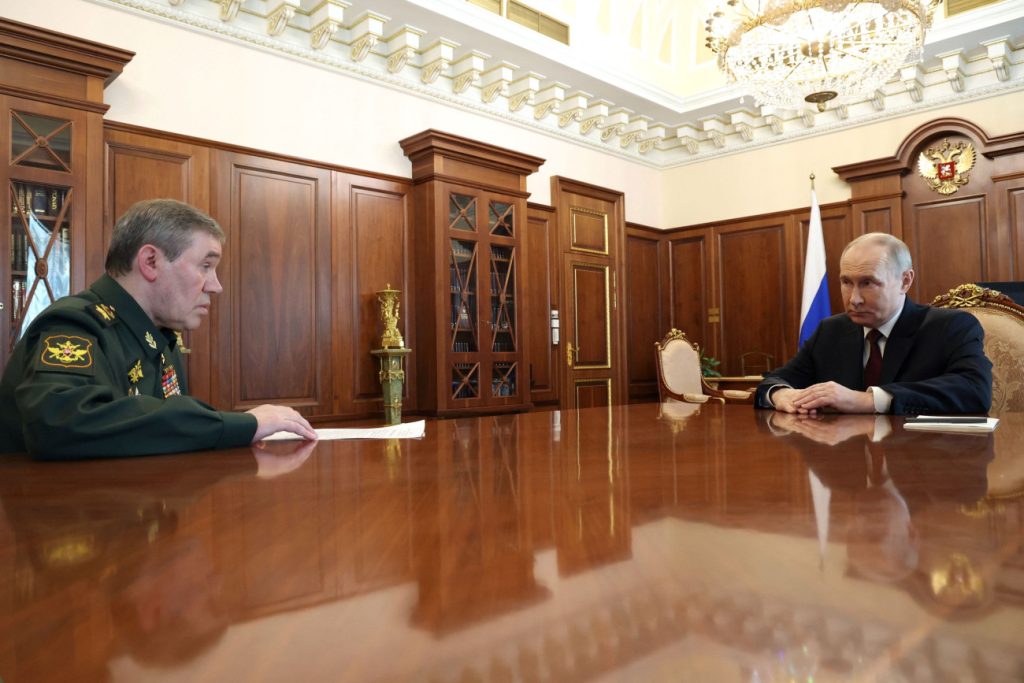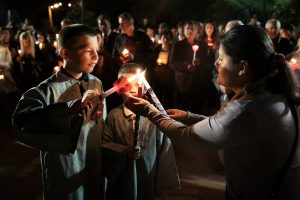On August 14, 1974, the Turkish army occupied the city of Famagusta in Cyprus. The lives of over 40,000 residents were abruptly disrupted. The Greek Cypriot residents of the area fled to escape, becoming refugees within their own homeland.
Under Turkish military control, it was left to the corrosive force of time. It was shut off from the rest of the world, remaining so to this day.
Three women share their personal stories, connecting memories from the occupied Famagusta with present-day Cyprus.
Antigone Solomontidou-Drousiotou, a photographer and journalist, recalls the windmills amidst the fragrant orange groves of her father, Solon, in Agios Loukas and Agios Georgios of Spathariko, the beach in the Karolos area with its blonde sands. And, Salamis with its ancient theater.
Her father left early, without having the chance to make the one-day journey of return to Famagusta, but Antigone, made it in March 2003 with the permission of the United Nations, passing through the Ledra Palace checkpoint.
“When I realized that what I saw in front of me was Famagusta, I felt a shiver. The medieval city within the walls, with the church of Agios Nikolaos, the harbor below, the closed ‘ghost town’ with the bombed hotels,” she said. Since then, she has visited many times. In 2015, she was fortunate to experience the ancient theater of Salamis come to life with the play “Hippolytus,” performed by the Cyprus Theatre Organization in collaboration with the Association of the Walled City of Famagusta.
“It was a historic performance, 41 years after the occupation of the ancient theater. What we experienced, Greek Cypriots and Turkish Cypriots together, was incredible,” she remarked.
Photojournalist Katia Christodoulou takes us back to the summers of her childhood and the rusty box her father buried in the backyard of their abandoned house, concealing everything valuable they had. In 1974, she was 10 years old. She was born in Palaikythro, in the Nicosia district. She would spend summers in Famagusta and visit relatives.
Her family left during the second invasion. After years her family decided to visit the home they had left behind. She recalls “Arriving at our home we entered, crossed the hallway, and stepped out into the yard. The children of my siblings were whispering to my mother “Grandma, where did you bury them?” The eldest child of the Turkish Cypriot family who was now residing in the house told us, that his father had kept the valuables for us. He gave me the box with our baptismal crosses, and my childhood golden ID with my name, inside. They were waiting for my mother, Dimitra, to return them to her.”
Katia Christodoulou resides in Nicosia. She believes that the issue is clearly political stating that Greek Cypriots and Turkish Cypriots could live together in harmony if they were allowed to.
Anna Maragkou, a distinguished archaeologist and art historian, returns to the veranda in her Famagusta home with a breathtaking view of the sea.
Anna Maragkou is one of the few who deeply understands the culture and history of Cyprus. Over the last four decades, the focus of her research has been the history of Famagusta, the birthplace of her father.
She visits the city every week as a member of the bi-communal committee for cultural heritage and is responsible for the preservation of one of the octagonal bastions of Famagusta, which is now located within a military area. She has only managed to see her home from a distance, “I swam and saw it from the outside,” says Anna Maragkou. She continues, “I lived my best years in Famagusta until I was 23. I remember the summers in our house, a house with a large veranda overlooking the sea.”
Maragkou believes the Turkish Cypriots are their best allies. They are also fighting against Erdogan‘s regime because, for them, the disappearance of their community is at stake. For her, the “We Do Not Forget” movement has failed because, in order to forget, one must know. “Our new generation does not know. They think Cyprus spans from Nicosia to Paphos.
By Despoina Dima




